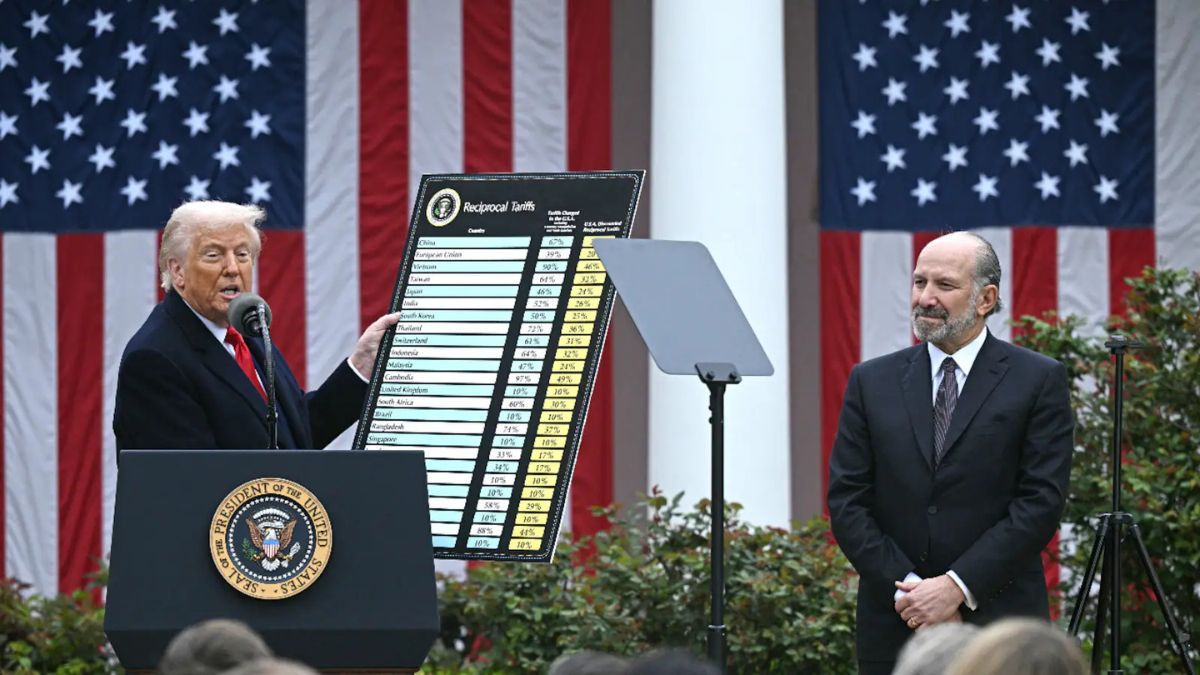In early December, a cyber breach hit the U.S. Treasury Department, leaving a trail of compromised workstations and unclassified documents. Officials disclosed this “major incident” to lawmakers in a letter that sent concerns across the cybersecurity community. The finger of blame, pointed with unflinching certainty, is directed at a “China-based Advanced Persistent Threat (APT) actor.”
The Alleged Intruder
American investigators assert that the breach stems from an exploited key belonging to a third-party service provider, BeyondTrust. The compromised service, which supported remote technical assistance, is offline, but questions remain: how could such critical systems have such critical vulnerabilities?
China’s embassy in Washington D.C., unsurprisingly, dismissed the accusations. A spokesperson called the claims a “smear attack,” built on little more than fiction and prejudice.
Timeline of the Incident
The breach first raised eyebrows on December 2 when BeyondTrust identified suspicious activity. Yet, it took three days for them to confirm the gravity of the situation and notify the Treasury Department. By December 8, the department was officially in the loop, along with agencies like the FBI and Cybersecurity and Infrastructure Security Agency (CISA), which are now working overtime to uncover the facts behind the mess.
According to Treasury’s statement, the breach has since been contained—there’s no evidence of ongoing unauthorized access. Still, the incident raises larger questions about the ability of government cybersecurity measures in the face of continous threats.
Labeling the intrusion a “major cybersecurity incident” is no mere formality. The term signals significant consequences, both in potential information loss and the reputational hit for a government agency trusted to guard economic data.
Who Holds the Keys?
The use of third-party vendors for critical operations—a standard practice across industries—now faces fresh scrutiny. When an actor can bypass security protocols using a vendor’s keys, the real question becomes: how secure is secure enough?
The phrase “China-based APT actor” might sound like a line out of a cyber-thriller, but it refers to an actual category of state-sponsored hackers specializing in long-term infiltration. These groups are typically highly resourced and highly skilled, making attribution both a technical challenge and a political hot potato.
This isn’t the first time Chinese actors have been accused of cyber espionage targeting U.S. institutions. From stealing intellectual property to breaching government agencies, China’s alleged activities have kept cybersecurity experts and diplomats on their toes. But Beijing’s denials remain consistent, often accompanied by counterclaims of U.S. hacking activities.
This incident fits into a broader narrative of increasing tensions between the U.S. and China. These tensions go beyond mere in trade and geopolitics, rather it covers cyberspace too.
Anatomy of a Hack: What We Know (and Don’t Know) About the Treasury Breach
The U.S. Treasury Department has remained tight-lipped about the specifics of the December cyber intrusion that rocked its systems. Key questions—such as the exact duration of the breach, the nature of the accessed files, and the confidentiality levels of compromised systems—remain unanswered. Was it the low-level grunt workstations, or something higher up the food chain? A hundred entry-level accounts might mean little, but ten from the top brass could mean everything.
In the three days it took BeyondTrust to sound the alarm, the hackers may have pulled off more than just eavesdropping. Experts warn they might have created new accounts or changed passwords, effectively setting up a backdoor for future access. This wasn’t a smash-and-grab operation; it had all the hallmarks of espionage. The focus wasn’t on pilfering funds but on something potentially more valuable—intelligence.
Amid this breach, the Treasury Department insists it’s taking the matter seriously. A spokesperson assured the public of their commitment to safeguarding sensitive information. The department has promised lawmakers a follow-up report within 30 days, though details about what will be disclosed are anyone’s guess.
China, the alleged culprit, hasn’t taken these accusations lying down. Embassy spokesman Liu Pengyu fired off a scathing rebuttal, arguing that hacking origins are notoriously difficult to trace. His statement urged the U.S. to stop weaponizing cybersecurity claims as a tool for “smearing and slandering China.”
Liu’s message wasn’t just defensive; it was a counterattack. He criticized the U.S. for spreading “disinformation” about so-called Chinese hacking threats.
Déjà Vu for U.S. Cybersecurity
This isn’t the first time Chinese hackers have been accused of targeting U.S. institutions. In December, another breach hit telecom companies, potentially exposing phone records of countless Americans. These incidents highlight a worrying pattern, leaving observers wondering whether the U.S. is prepared for what seems to be an escalating cyber cold war.
While we await more answers, one thing is certain: the digital battleground is only growing more contentious. For every accusation, there’s a counterclaim.




